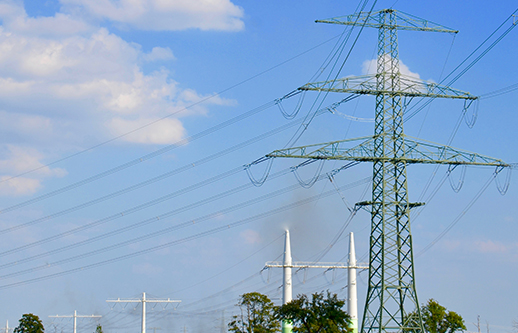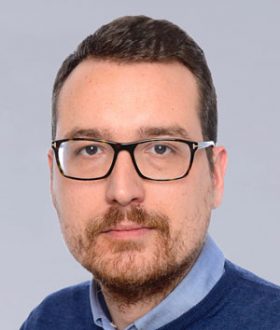

READ: Rwanda, Germany to protect shared heritage The Natural History museum has of late been generating a monthly income of approximately Rwf3.3 million, which is hoped to increase by Rwf2 million.Įarlier this year, INMR hosted a delegation from Germany that included Ulrike Hofken, Minister for Environment, Agriculture, Food, Viticulture and Forestry in the Rhineland Palatinate Prof Dr Eberhard Fischer of Koblenz-Landau University and Prof Hermann Parzinger, president of the Prassion Culture Heritage Foundation. “We want our visitors to enjoy more of what is offered since most of the museums require a lot of time when touring around,” said Mr Umulisa. INMR also plans to establish refreshment structures in all museums to offer food and beverage services to visitors. There are also plans to partner with museums in Europe to ensure that a gorilla skeleton is assembled and placed among the collections. With a few preserved animal species and live reptiles such as snake species, the museum plans to bring in a preserved crocodile from River Nyabarongo to add onto the exhibitions. The renovation programme will be extended to other museums.ĭevelopments envisaged in the plan include the re-roofing of Kandt House, as well as expanding the museum beyond the building to the compound, which is to be an exhibition area for natural history and will be accessed right from the main entrance.

This project is solely financed by the government under the development budget to the tune of Rwf400 million yearly, said Mr Umulisa. “We cannot afford to close it for three months since it has to be accessed by the public, yet the most crucial areas will have been finished,” he said. The museum was temporarily closed on December 22 for the renovations, which are set to take six months, will but it will be reopened in three months, according to Mr Umulisa. “We are to look at them in modern ways, but without altering the original architectural plan.” “We want our objects to go in an authentic building, where we make it suit world-class standards of museums. “Kandt House is just a normal house with a few displays,” Mr Umulisa explained. Kandt House, which is also the INMR headquarters, aims at showcasing authenticity, said Mr Umulisa. It was the residence of Dr Richard Kandt, who arrived in Rwanda in 1897 as the first German to come to the country. Umulisa, the INMR director-general, said work will begin with the Natural History Museum in Nyarugenge District, Kigali, which is more widely known as Kandt House. The Institute of National Museums of Rwanda (INMR) has embarked on renovating museums across the country in a bid to promote tourism and preserve the country’s history.Īlphonse B. The Institute of National Museums of Rwanda (INMR) has embarked on renovating museums across the country in a bid to promote tourism and preserve the country’s history.


 0 kommentar(er)
0 kommentar(er)
